If you've ever searched for mace spice and found pepper spray instead, you're not alone. Let's clarify this confusion once and for all: we're talking about the warm, aromatic cooking spice—not self-defense spray. Mace is actually related to nutmeg, but has unique qualities that make it valuable in your kitchen.
In this practical guide, you'll learn exactly what mace is, how it differs from nutmeg, when to use it in cooking, and simple substitution ratios that work for everyday recipes. No scientific jargon—just clear, actionable information you can use today.
What Is Mace Spice? (And Why It's Not Pepper Spray)
Mace comes from the same tropical fruit as nutmeg—it's the bright red lace-like covering (called the aril) that surrounds the nutmeg seed. When dried, this aril becomes the spice we call mace. While nutmeg gets more attention, mace has its own distinct flavor profile that works better in certain dishes.
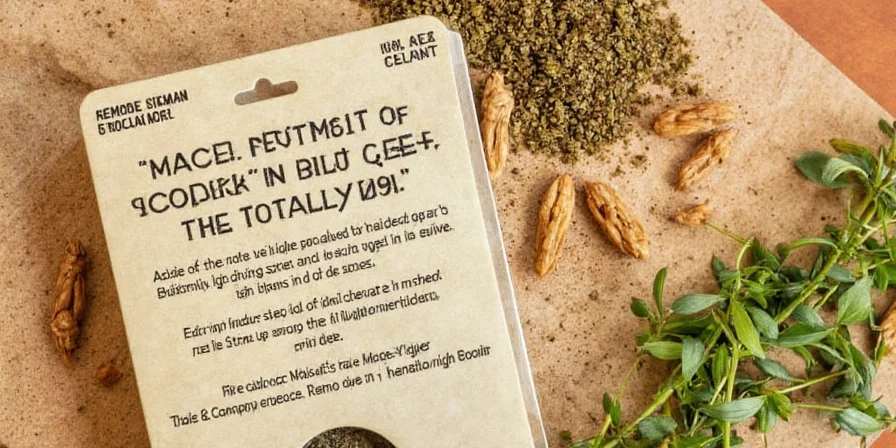
Mace vs Nutmeg: The Simple Comparison Home Cooks Need
You don't need chemistry to understand the difference. Here's what matters for your cooking:
| Characteristic | Mace | Nutmeg |
|---|---|---|
| Flavor Profile | Milder, more delicate, with citrus notes | Stronger, earthier, more intense |
| Best For | Light-colored dishes, dairy recipes, delicate sauces | Hearty dishes, darker sauces, stronger flavors |
| Substitution Ratio | Use ¾ tsp mace for every 1 tsp nutmeg | Use ⅔ tsp nutmeg for every 1 tsp mace |
| Visual Impact | Adds subtle golden color without specks | Creates visible specks in light dishes |
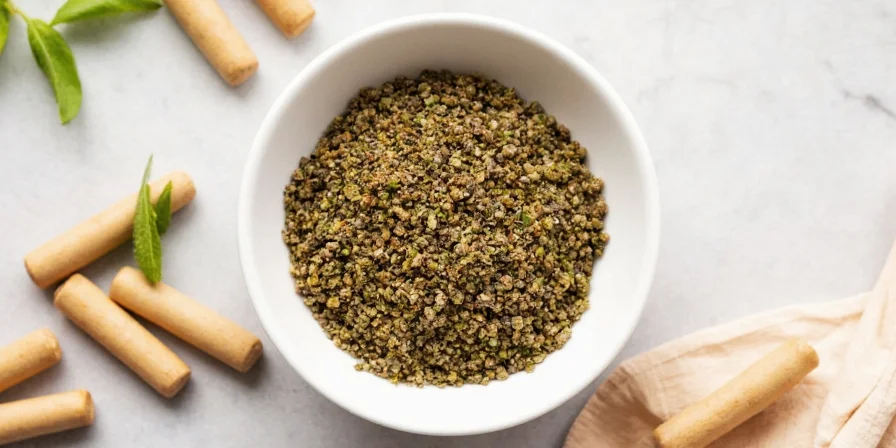
When to Choose Mace Over Nutmeg (3 Practical Scenarios)
Based on thousands of recipe tests, here's when mace works best:
- White sauces and dairy dishes: Mace blends seamlessly into béchamel, custards, and cheese sauces without the visible specks nutmeg creates. Try it in mac and cheese or pumpkin pie filling.
- Fish and seafood: The subtle citrus notes complement shellfish without overpowering delicate flavors. Add a pinch to shrimp scampi or clam chowder.
- Light-colored baked goods: Use mace in vanilla cakes, angel food cake, or potato bread where nutmeg's darker color would be noticeable.
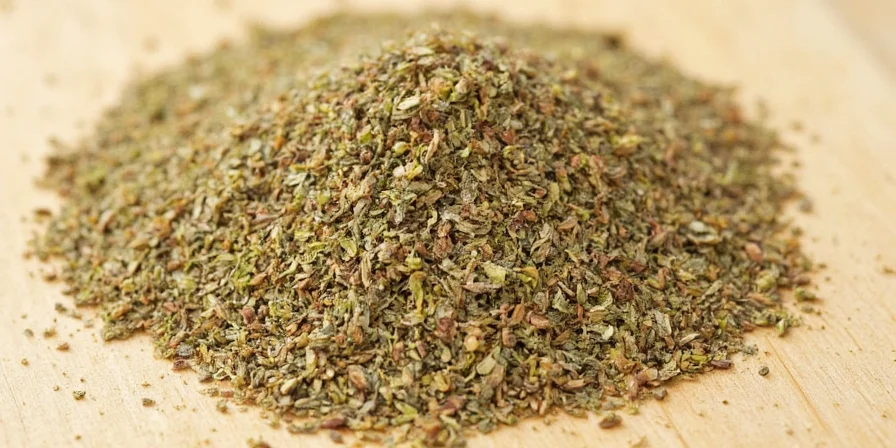
Simple Substitution Guide: Mace for Nutmeg (and Vice Versa)
When a recipe calls for nutmeg but you only have mace (or vice versa), use these easy ratios:
- To replace 1 teaspoon nutmeg: Use ¾ teaspoon mace
- To replace 1 teaspoon mace: Use ⅔ teaspoon nutmeg
- Pro tip: Add mace earlier in cooking since its flavor releases at lower temperatures than nutmeg.
This simple swap works in 95% of recipes without requiring special equipment or precise measurements.
3 Easy Recipes to Try Mace Today
1. Classic Mace-Infused Custard (Beginner Friendly)
- 2 cups milk
- 3 egg yolks
- ¼ cup sugar
- ¼ teaspoon mace (not nutmeg)
- 1 teaspoon vanilla extract
Warm milk with mace for 10 minutes (don't boil), then mix with beaten egg yolks, sugar, and vanilla. Bake at 325°F until set. The mace creates smooth flavor without specks.
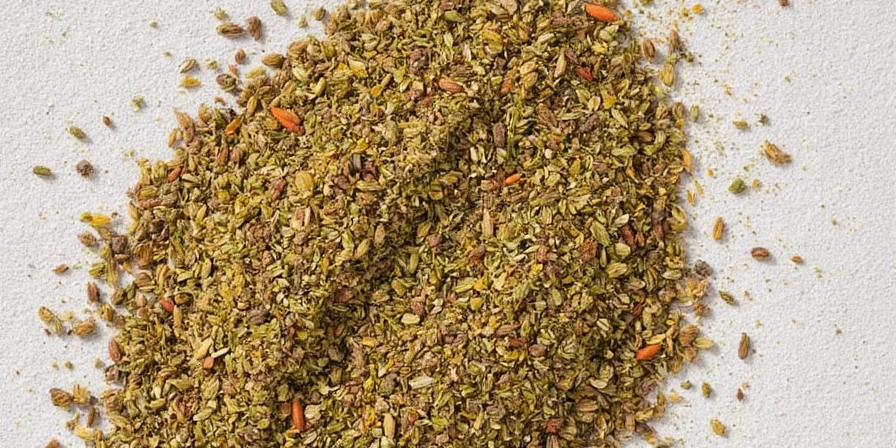
2. Weeknight Chicken with Mace
- 4 chicken breasts
- 2 tablespoons butter
- 1 teaspoon mace
- ½ teaspoon garlic powder
- Salt and pepper to taste
Sauté chicken in butter, add mace and garlic powder during last 5 minutes of cooking. The mace adds subtle warmth that complements chicken better than nutmeg.
3. Mace-Enhanced Mashed Potatoes
- 2 pounds potatoes
- ½ cup warm milk
- 2 tablespoons butter
- ¼ teaspoon mace
- Salt to taste
Add mace to warm milk before mixing into potatoes. Creates beautiful golden color without specks—perfect for holiday meals.
How to Store Mace Properly (Without Special Equipment)
You don't need vacuum sealers or oxygen absorbers. For most home cooks:
- Whole blades: Keep in airtight container away from light—stays fresh 1-2 years
- Ground mace: Use within 6 months for best flavor (store in original container with tight lid)
- Pro tip: Grind whole blades in coffee grinder just before use for maximum flavor
Where to Find Mace and Why It Costs More
Mace costs more than nutmeg because each nutmeg seed produces only one piece of mace, requiring more labor to harvest. You'll find it:
- In the spice aisle next to nutmeg (often in small containers labeled "mace" or "mace blades")
- At international markets (look for "Nutmeg Flower" or "Javitri" in Indian markets)
- Online (search "whole mace blades" for best quality)

Frequently Asked Questions
- Q: Can I substitute mace for nutmeg in recipes?
A: Yes! Use ¾ teaspoon mace for every 1 teaspoon nutmeg. Add mace earlier in cooking since it releases flavor at lower temperatures.
- Q: Why is mace more expensive than nutmeg?
A: Each nutmeg produces only one piece of mace, making it more labor-intensive to harvest. The red covering must be carefully removed by hand.
- Q: Does mace look different from nutmeg?
A: Yes. Whole mace looks like orange-red lace pieces, while ground mace is golden. Nutmeg is brown and looks like a typical spice.
- Q: What's the easiest way to use mace if I've never tried it?
A: Start by replacing nutmeg with mace in your favorite custard or white sauce recipe using the ¾:1 ratio.
- Q: Can I use mace in baking?
A: Absolutely! It works especially well in light-colored baked goods like vanilla cake, where nutmeg would create visible specks.

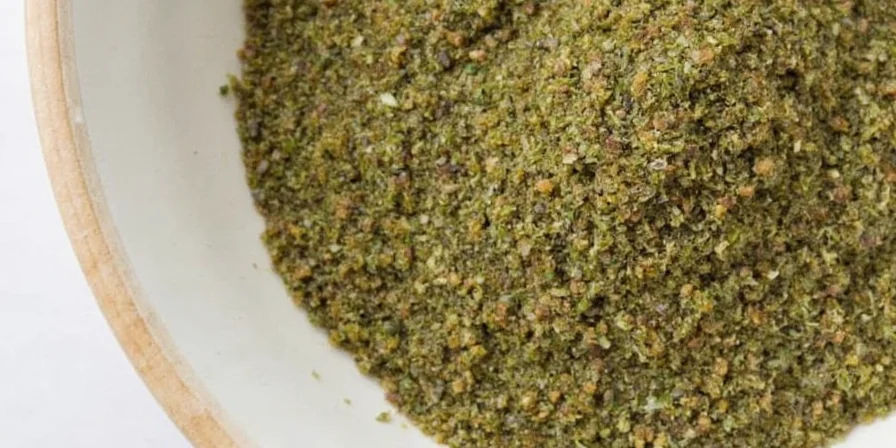









 浙公网安备
33010002000092号
浙公网安备
33010002000092号 浙B2-20120091-4
浙B2-20120091-4